Hydrangea "Magic Sweet Summer": description, planting, care and reproduction
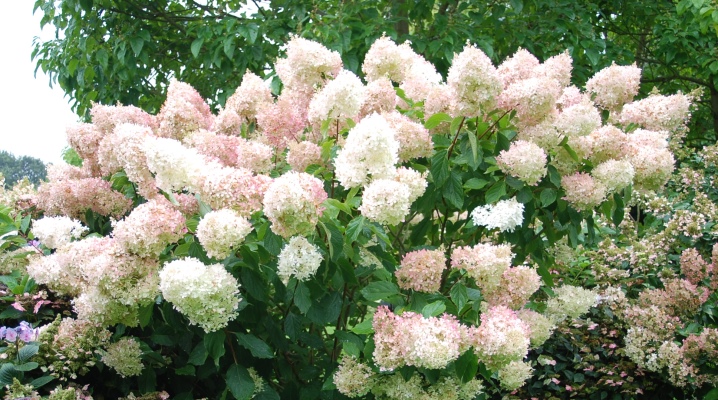
"Magic Sweet Summer" is an amazing variety of panicle hydrangea, which is highly appreciated by flower growers. It has a very spectacular appearance, looks great both with flowers growing in lush bunches, and without them. We will talk about the description of this plant, the features and subtleties of its cultivation in our article.

About the grade
Hydrangea Magical sweet summer was bred by breeders in the Netherlands in 2006. In a short period of time, she became known all over the world, in addition, she is a winner of the Plantarium exhibition. The maximum plant height is 1.5 meters. Its crown is very dense and resembles a ball in shape. The inflorescences can grow up to 13 centimeters in height, they are very similar to inverted bunches of grapes. They are upright and decorate the entire shrub.
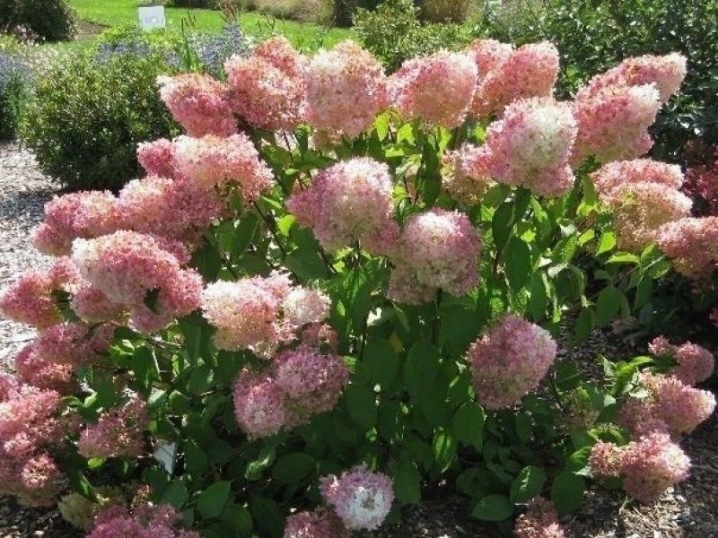
It should be noted that the inflorescences are practically sterile. There are very few fruiting flowers in them. It should be noted that over time they are able to change color. When the buds bloom, they have a light green hue, later turn white and towards autumn they acquire a delicate pinkish color. Flowering begins in July and ends in October.
It should be noted that the leaves are also capable of color changes. At the beginning of the season, they are green in color, and in the fall they turn purple. This allows the plant to look spectacular even after flowering is over. This variety has a fibrous root system. This means that the roots are very close to the surface. Accordingly, they will need a liquid that can be saved by planting in the immediate vicinity of ground cover crops. Plants such as ivy or periwinkle are fine.
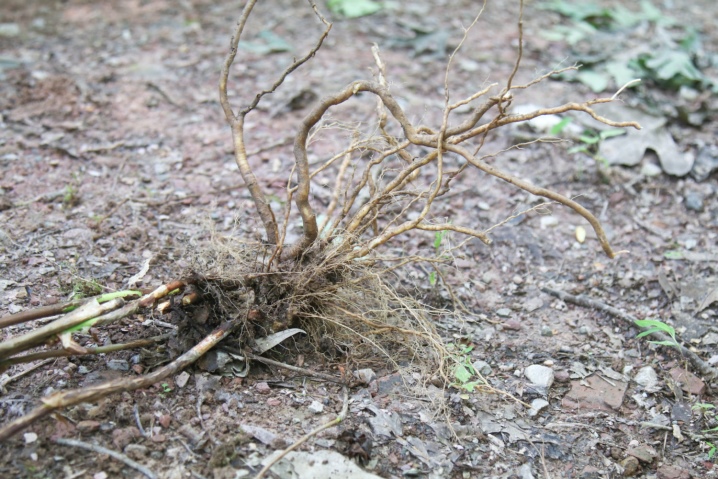
Wintering
Hydrangea "Magic Sweet Summer" is frost-resistant. This means that in areas with a temperate climate, adult bushes can winter without shelter. They feel comfortable at temperatures down to -28 degrees. It is best to dig up young plants in the fall, place them in a pot together with the soil and bring them indoors. If you do not stop leaving, hydrangea will delight the gardener with its appearance in winter. However, at the same time, there is a possibility that it will bloom less actively.
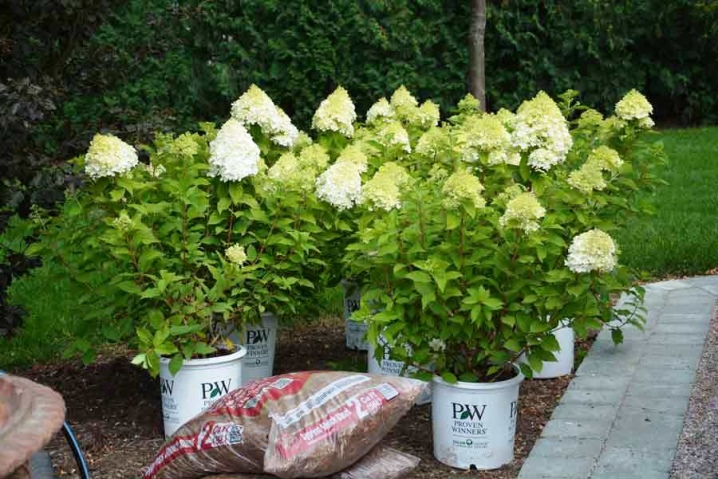
How does it multiply?
As for propagation, cuttings or layering are usually used for this variety. Let's consider each of the methods in more detail.
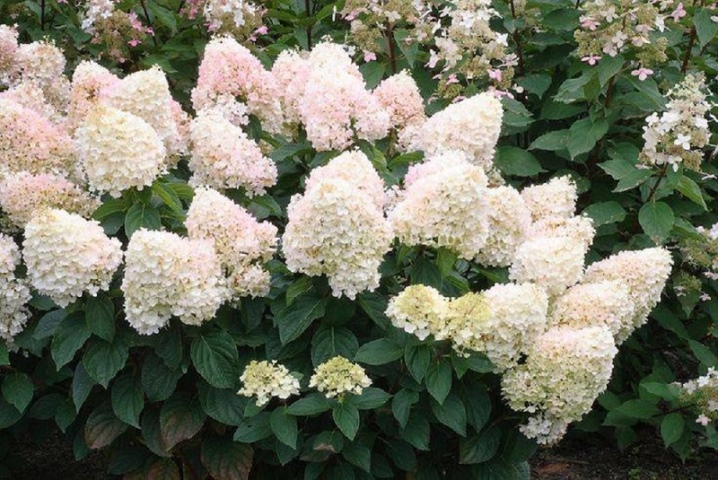
Cuttings
First you need to get planting material. Cuttings should be taken from basal shoots, it is better to refuse to use lateral shoots. At home, cuttings are prepared from late winter to mid-April. The grafting itself should be carried out before the shoots become woody, respectively, from about June to July. Each of them should have 2–4 pairs of kidneys.
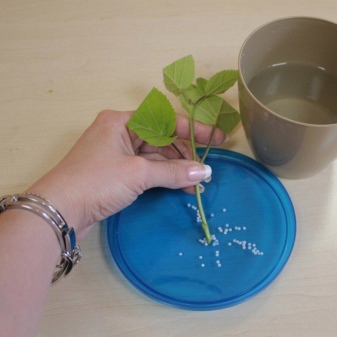
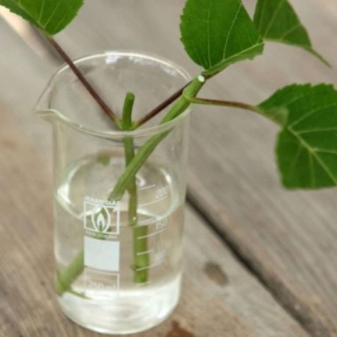
If small leaves are present, rooting will be easier. In the case when they have time to outgrow, they need to be cut by a third before planting. Drying of hydrangea cuttings is not required. They can be cut immediately before the planting procedure.
Boxes with earth should be prepared, coniferous is quite suitable.
The cuttings are planted 5–7 centimeters apart and deepened by 2 centimeters. It should be borne in mind that the petioles of the leaves located below must be above the ground.Covering the cuttings is not worth it, as this can create conditions for their decay. In addition, the air temperature should be monitored, which should not fall below +14 degrees. With the correct measures, in a couple of weeks it will be possible to plant the seedlings on open ground or place them in separate containers.

Layers
Hydrangea "Magic Sweet Summer" is very convenient to propagate with the help of cuttings. If the mother bush is quite voluminous, many new ones can be obtained from it. To do this, young shoots are inclined to the ground, fixed in specially prepared trenches and covered with earth. At the end of the layering procedure, it is necessary to water. The root system should begin to develop in about a month.
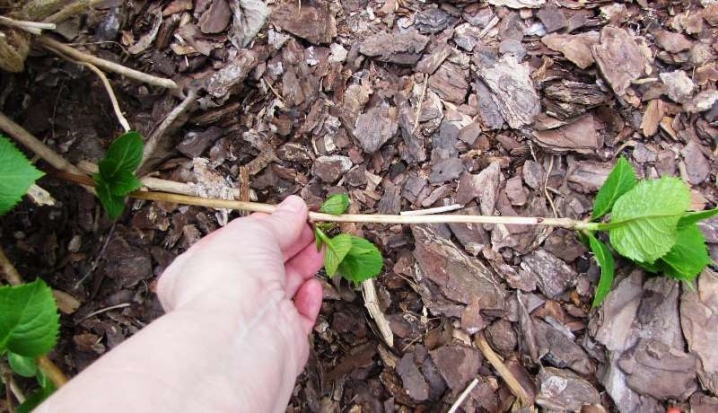
How to plant?
This variety will feel most comfortable on fertile and acidic soil. It is winter hardy, but it does not tolerate moisture deficit very well. And you should also avoid areas in the open sun, it is better to choose diffused light or partial shade. The composition of the soil deserves special attention. You should think about its preparation in advance.

It is best to use a mixture of humus, black soil, river sand and peat. Experts do not recommend using manure for the reason that it can reduce the acidity of the soil. Accordingly, the leaves will begin to turn yellow. It is not superfluous to add top dressing such as superphosphate, urea and potassium sulfate. If possible, peat and marsh soil can be used in equal proportions.
For seedlings, it is necessary to prepare a planting hole. After placing the hydrangea inside, it is sprinkled with prepared soil mixture. After that, watering is carried out. It should be noted that an excess of lime in water negatively affects the acidity of the soil, therefore, such a liquid should be discarded. Better to use standing water or rainwater.
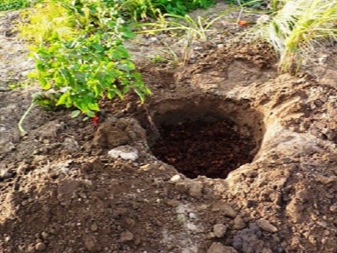
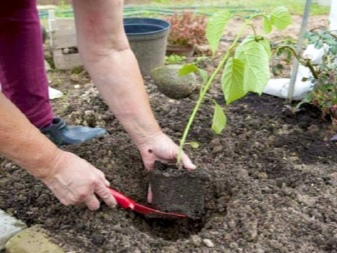
The shrub begins to bloom 4–5 years after planting. Before this period, transplanting a plant is not prohibited, although it is better not to do this without need. Bushes should be located at a distance of 1.5-2 meters from each other. If we are talking about northern latitudes, planting should be carried out in the spring, so that over the summer the plants have time to get stronger and adapt to new conditions. In the southern regions, this is not a prerequisite.
Important! The mulching procedure is very important for the seedlings. You can use compost or peat for it. In springtime, rooted specimens must be fed with urea.

How to care?
Caring for this variety is not particularly difficult. It is necessary to follow the basic recommendations of gardeners. Procedures such as timely watering, feeding and pruning will be required. Magic Sweet Summer, like other hydrangeas, is a moisture-loving plant. This means that it will need watering throughout the season. If the flower is grown in a pot, it should be watered when the ground is slightly dry on top. Drying out completely should be avoided.
Tap water must be defended, but it is best to use rainwater or thawed water. An adult plant needs to be watered regularly once every 2-3 days in the morning or evening. Everyone will need at least 20 liters of water. Spraying will help to saturate the leaves with moisture; it can be carried out weekly.
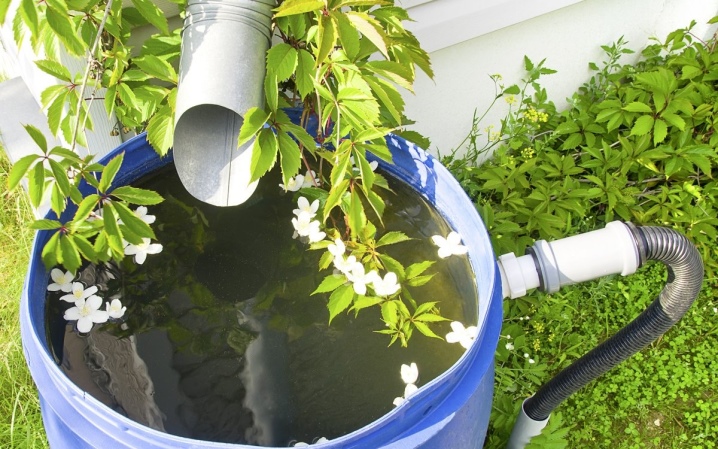
It is best to feed the plant after the watering procedure. Both mineral and organic formulations will be better absorbed in liquid form. The first feeding is carried out in early spring, the subsequent ones - in summer. If there is an excess of lime in the soil, it is necessary to add sawdust, pine needles or peat to it. Spraying with gibberellin will help speed up flowering.
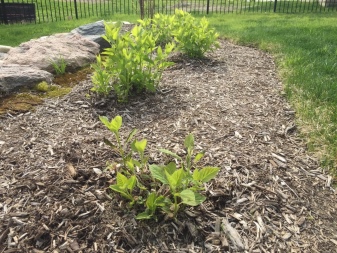
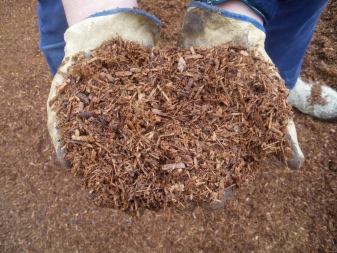
After the leaves fall off, the hydrangea should be pruned. Not only dried and damaged shoots are removed, but also dried inflorescences. In March, last year's branches will need to be cut to 4-5 buds.
And also perennial branches are removed, instead of which stumps remain. The plant will recover by next summer.
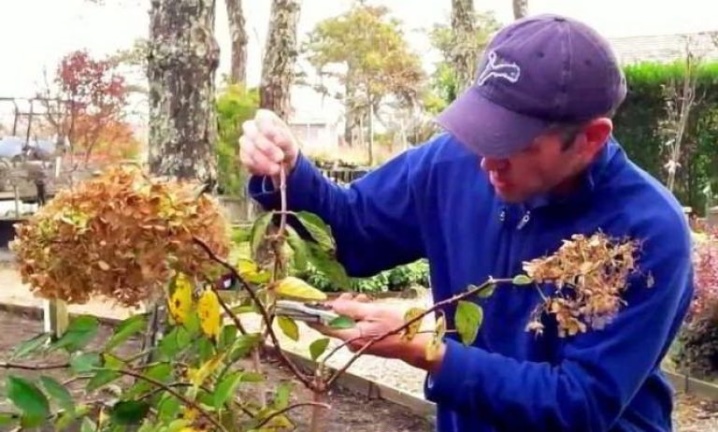
Diseases and pests
Despite the fact that almost all hydrangea varieties are resistant to insect attacks and disease infection, some of them can give gardeners many unpleasant minutes. The reason may be a disease of closely located crops or a violation of the rules of care. Let's consider the main ones.
- The spider mite often affects the hydrangea. He not only entangles the plant with a thin cobweb, but also, being located under the leaf, sucks the juice out of it. The greens begin to turn yellow, after which they dry up and fall off. It should be noted that this pest feels most comfortable in hot weather and high humidity. To combat it, you should use the drug "Tiofos".
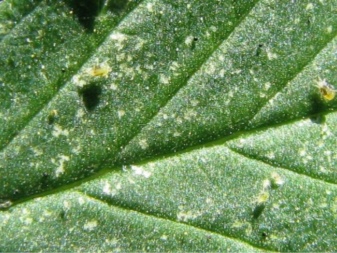
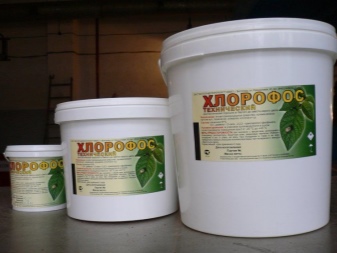
- In wet but cold weather, the shrub can suffer from downy mildew. It manifests itself through yellowish spots that gradually darken. In this case, the hydrangea must be treated with a special compound, which requires green soap, a little copper sulfate and a bucket of water.
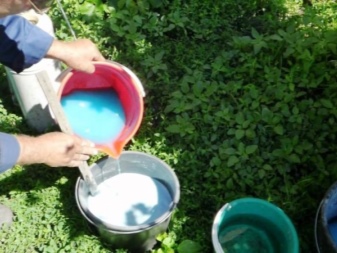
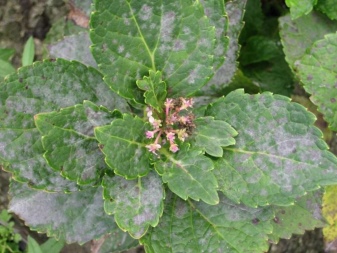
- Dangerous for hydrangeas and chlorosis. It is caused by a deficiency of iron in the soil. Excess lime or humus in the soil causes the disease. Chlorosis is manifested by yellowing of the leaves, while the veins do not change their color, remaining green. Potassium nitrate diluted in a proportion of 40 grams per bucket of water will help with adversity. After a few days, the treatment must be repeated, using ferrous sulfate instead of potassium in the same proportion.
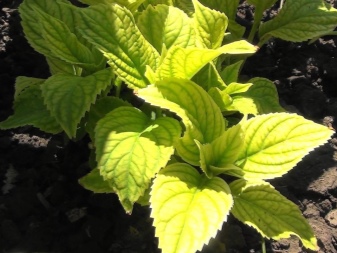
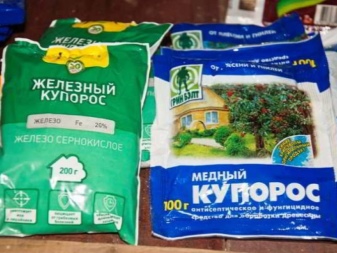
- Aphids are most commonly found in indoor hydrangeas. You can get rid of it with anabazine sulfate solution.
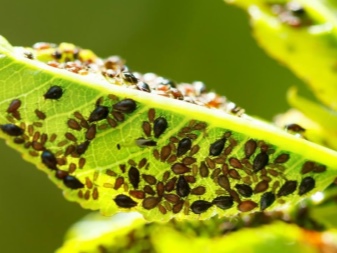
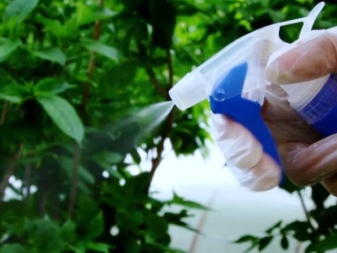
Use in landscape design
Hydrangea "Magic Sweet Summer" is great for single plantings. However, it will look good as a group, for example, when decorating paths or a fence. However, the brightness makes it possible to draw attention to independent specimens. The plant goes well with flowers such as chamomile, roses and lilies. It favorably emphasizes the beauty of lilac and thuja.
Hydrangea is often envisioned in the landscape of city parks and squares. Her bush can be surrounded by various flowers, including meadow flowers, which will look spectacular and unusual.
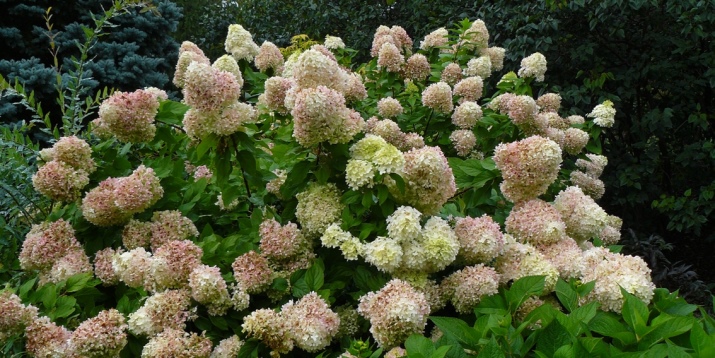
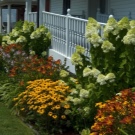

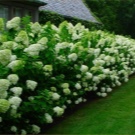
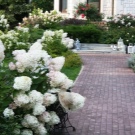

For how a hydrangea looks and how to care for it, see the next video.



































































Thank you for the detailed description and advice.
The comment was sent successfully.